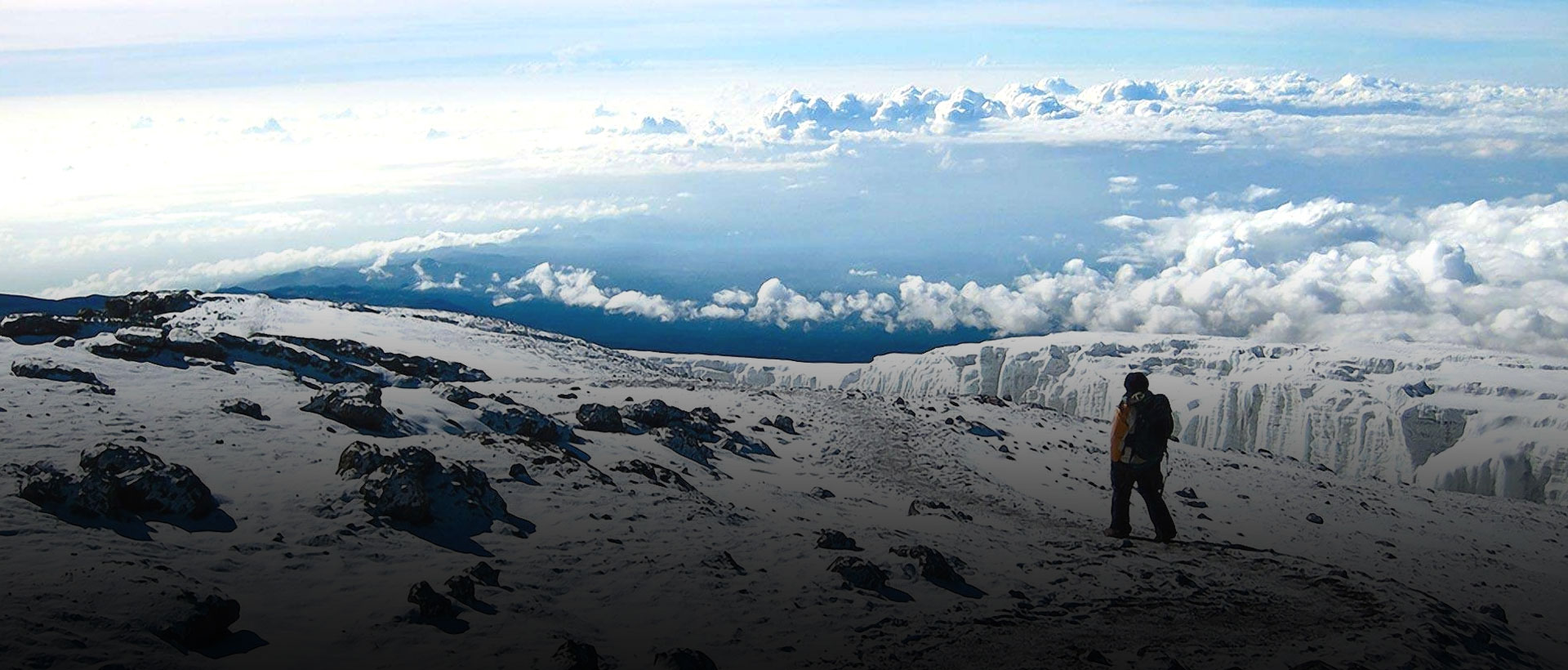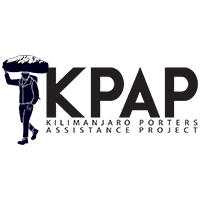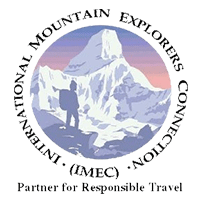
Kilimanjaro Tips
Kilimanjaro Tips
We carry emergency oxygen on all our climbs, for use when someone is suffering from a serious altitude-related illness. In this event the guide would ask you to descend since this is the only way to recover; however, oxygen can help people feel better during the descent, therefore making evacuation easier and safer.
- While being physically capable certainly helps, climbing is about mental toughness — not just how physically fit you are or how much you trained.
- Stay positive.
- Having the right equipment makes the difficult trek a lot more conquerable.
- Go at your own pace. It is not a race or competition. POLÉ! POLÉ! (Slowly! Slowly!)
- On the second day, you will reach an altitude above the clouds. Clouds are cold and not as fluffy nor as fun as they appear from the warmth of the inside an airplane.
- Do take in the scenery, but don’t only focus on the end-goal in the distance. It is a tease to see the campsite ahead yet know you still have 4 hours remaining to arrival. Be like an elephant and focus on what is directly in front of you. Before you know it, you’ll reach your destination.
- To limit risk of Acute Mountain Sickness (AMS) it is best to find a guide that follows “climb high, sleep low” to help acclimate to the altitude.
- The more days in the trek, the more time you have to acclimate.
- Be prepared for climbing in extreme cold on summit night as temperatures can reach 0 degrees F (minus 18 C). There are ice glaciers at the top!






